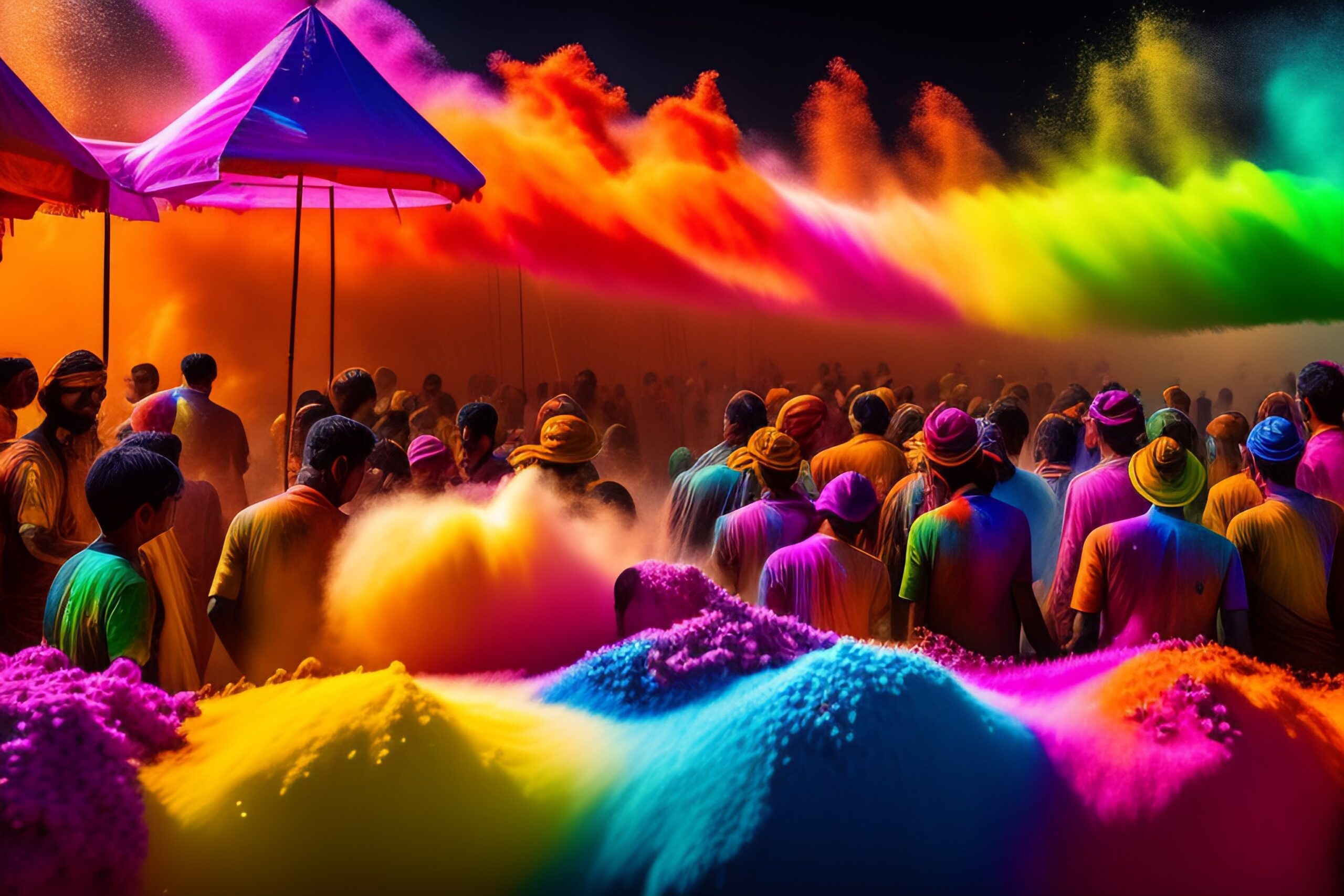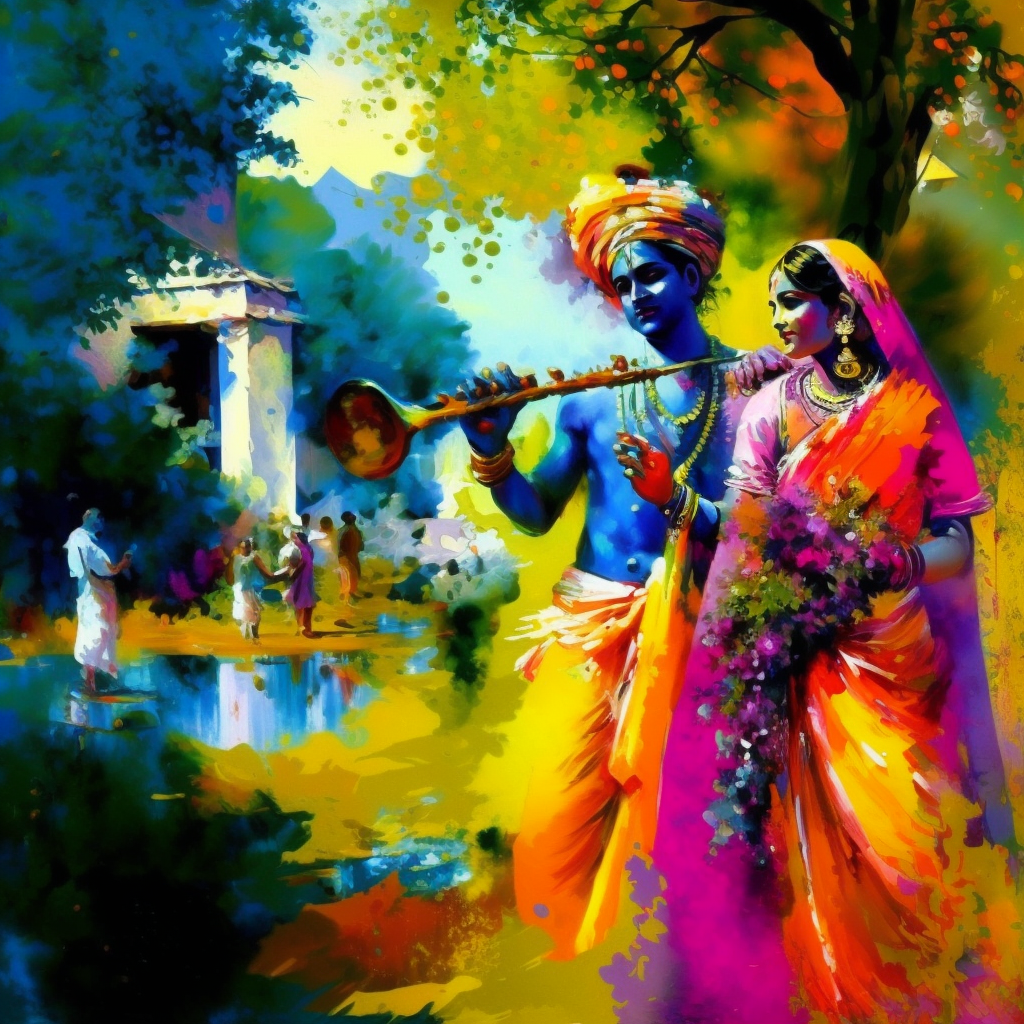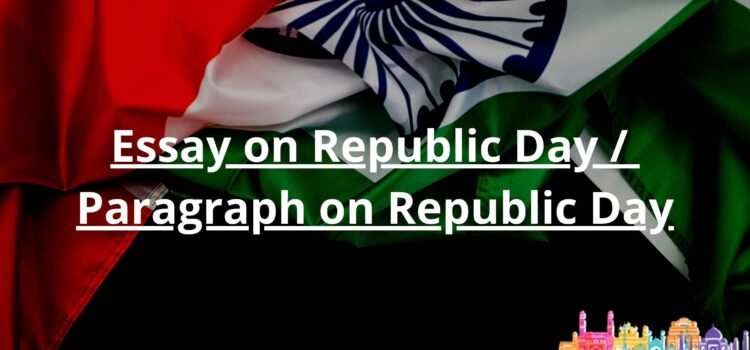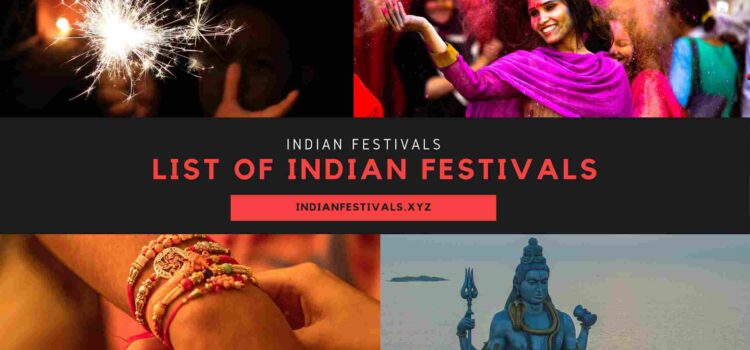
Introduction: Exploring the Origin and Significance of Holi Indias Colorful Festival Holi 2023 date
Holi 2023 is one of the most popular and colorful festivals in India that is celebrated with great enthusiasm and fervor. It is a festival of colors that marks the arrival of spring and the triumph of good over evil. Holi has both religious and cultural significance, and it is celebrated by people of all ages and backgrounds across India. In this blog, we will explore the origin and significance of Holi and how it is celebrated across the country.
The Origin of Holi 2023
The origins of Holi can be traced back to Hindu mythology, and the festival has various legends associated with it. The most popular story is that of Prahlad and Holika. According to the legend, Prahlad was a young prince who was a devout follower of Lord Vishnu, but his father, the king, was against his beliefs. The king’s sister, Holika, had a boon that made her immune to fire, so the king asked her to take Prahlad into a fire to burn him alive. However, Prahlad’s devotion to Lord Vishnu protected him, and Holika was burned to ashes. This story signifies the victory of good over evil and the power of faith.
Another legend associated with Holi is the story of Lord Krishna and Radha. According to this tale, Lord Krishna used to play pranks with Radha and other gopis (female cowherds) by throwing colors on them. This playful act became a tradition and is now an essential part of the Holi celebration.
Exploring the Origin and Significance of Holi Indias Colorful Festival
Significance of Holi
Holi has both religious and cultural significance. It marks the arrival of spring and the end of winter, with people celebrating the season of new beginnings. The festival also has religious significance as it celebrates the victory of good over evil, promoting unity and brotherhood.

Celebration of Holi 2023
Holi is a two-day festival, with the first day known as Holika Dahan or Chhoti Holi and the second day called Rangwali Holi, Dhulandi or Badi Holi. That is Significance of Holi
Holika dahan 2023 with Date
On the first day, people light bonfires to symbolize the burning of Holika and the victory of good over evil. They also sing and dance around the fire, offering prayers to Lord Vishnu and seeking his blessings. The bonfire is lit after sunset, and people gather around it to throw popcorn, coconut, and other offerings into the fire. The ashes from the bonfire are considered holy, and people apply them to their foreheads as a mark of protection. Significance of Holi
Rangwali Holi
The second day is the main day of the festival, with people playing with colors, water guns, and water balloons. They visit friends and family, exchange sweets and delicacies, and smear colors on each other’s faces. Holi 2023 is also a day of forgiveness, with people forgiving and forgetting past grievances and embracing love and unity.
Cultural Significance of Holi
Holi is a symbol of unity and brotherhood, bringing people of different backgrounds together. It is a time when people forget their differences and come together to celebrate the festival of colors. Holi transcends all boundaries of caste, religion, and gender, promoting harmony and love.
The festival is celebrated with great enthusiasm across India, with different regions having their unique customs and traditions. In Mathura, the birthplace of Lord Krishna, Holi is celebrated for over a week, with people playing with colors, dancing, and singing devotional songs. In Punjab, people celebrate Holi by performing Bhangra and Gidda, traditional dances of the region. In Gujarat, Holi is celebrated with the traditional folk dance of Garba.
Conclusion
Holi is a Indian festival of colors, joy, and unity. It marks the arrival of spring
Sawan 2023




